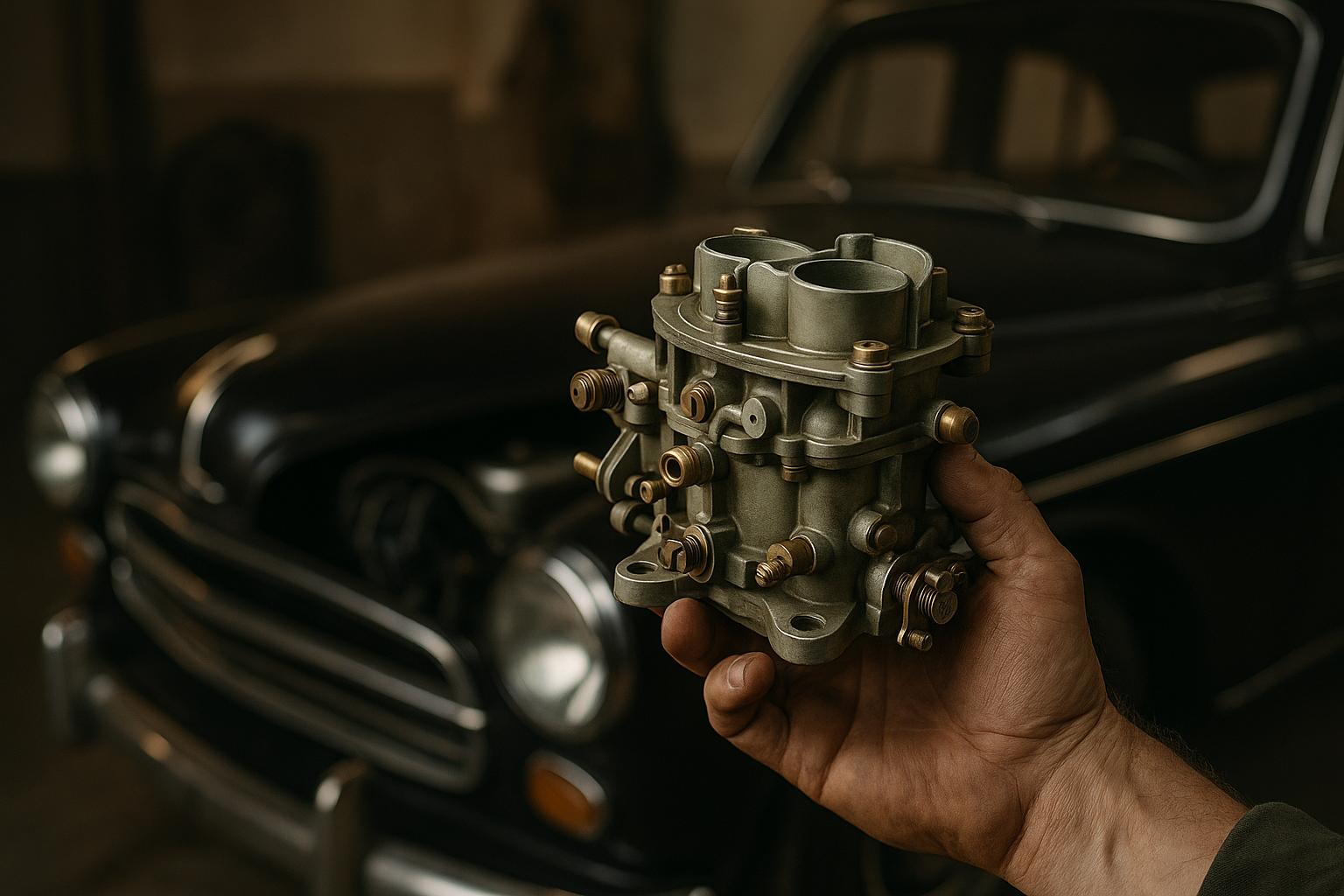Rediscovering the Art of Carburetors: A Nostalgic Trip into Automotive History
Long before the advent of fuel injection systems, carburetors ruled the automotive world. This mechanical device, which blends air and fuel for internal combustion engines, was at the heart of automotive engineering for nearly a century. As we venture into a world dominated by high-tech automotive solutions, it's worth taking a step back to appreciate the humble carburetor's role in shaping the cars we know and love today.

The Carburetor Era: A Chapter in Automotive History
The carburetor, derived from the French word “carbure” meaning carbide, dates back to the late 19th century. It was invented by Karl Benz, the German engineer who gave birth to the first practical automobile. This groundbreaking invention allowed for the precise control of the air-fuel mixture, providing the foundation for the internal combustion engine.
For many years, carburetors were the gold standard in automotive engineering, offering a simple and cost-effective solution for fuel delivery. They played a crucial role in the rapid development and popularization of automobiles, making it possible for millions of people to own and operate vehicles.
The Mechanism: Simplicity and Precision
A carburetor operates on a straightforward principle: it mixes air and fuel in the correct ratio for combustion. The device features a throttle valve that controls the amount of air entering the system. Fuel is then added to this air stream from a small reservoir, creating a combustible mixture that is fed into the engine cylinders.
This process might sound elementary by today’s standards, but it was a marvel of engineering in its time. The carburetor’s simplicity made it an ideal solution for the mass production of cars, contributing to the automotive boom of the 20th century.
The Decline and Replacement: The Age of Fuel Injection
Despite their historical significance, carburetors began to face challenges in the 1970s and 80s. Stricter emissions regulations and a demand for better fuel efficiency led to the rise of fuel injection systems, which could deliver fuel more precisely and control emissions more effectively.
Fuel injection systems, while initially more expensive and complex, offered significant advantages over carburetors. They could adjust to different driving conditions, provide better performance, and were easier to start in cold weather. As technology advanced, fuel injection systems became the new standard, and by the late 1980s, carburetors were virtually extinct in new cars.
The Vintage Appeal: A Nostalgic Connection
Despite being outclassed by modern technology, carburetors still hold a special place in the hearts of many car enthusiasts. For vintage car restorers and classic racing fans, the carburetor represents an era of simplicity and mechanical elegance. The hands-on nature of tuning a carburetor offers a tactile connection to the machine, something that is often missing in today’s digitized vehicles.
Carburetor-equipped cars also offer a unique driving experience. The raw, mechanical feel, the distinct sound of the engine, and the satisfaction of nailing the perfect mixture adjustment are just a few reasons why carburetor cars still have a dedicated following.
The Carburetor’s Legacy: A Testament to Automotive Progress
The carburetor’s story is a testimony to the relentless pace of automotive innovation. While it may be a relic of the past, it played an indispensable role in shaping the automotive landscape we see today. It reminds us of the journey from the rudimentary mechanics of the early 20th century to the high-tech, computer-controlled systems of the modern era.
In the grand scheme of automotive history, the carburetor serves as a symbol of the industry’s progress. Its decline and eventual replacement by more advanced technologies underscore the relentless pursuit of efficiency, performance, and sustainability in the automotive world.
But for those who still cherish the simple joy of tinkering with a carburetor or the thrill of driving a vintage car, the carburetor’s legacy is very much alive. It’s a nostalgic nod to a simpler time, a testament to the enduring appeal of mechanical engineering and a reminder of how far we’ve come in the quest to perfect the driving experience.




